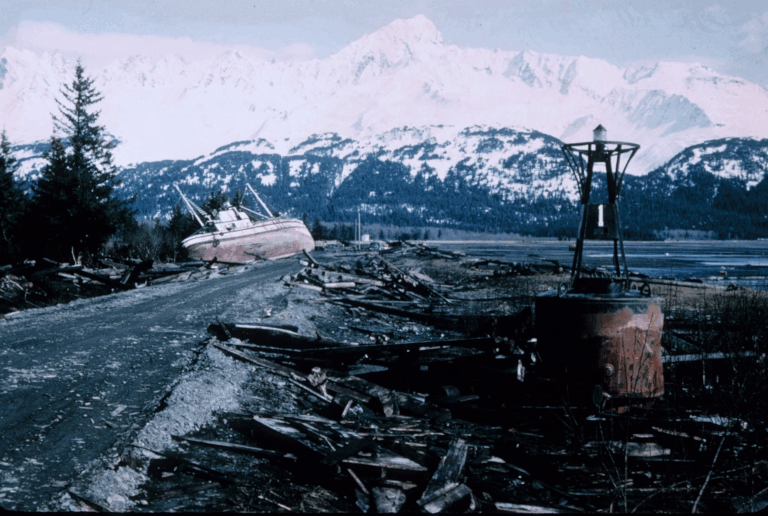
Wednesday’s powerful 8.8-magnitude earthquake off Russia’s Kamchatka Peninsula caused significant structural damage and injuries but, remarkably, no confirmed fatalities. The quake triggered widespread tsunami warnings across the Pacific, including in Japan, Hawaii, and parts of North and South America. In northern Japan, coastal flooding prompted urgent evacuations, bringing back memories of the devastating 2011 tsunami, though nuclear plants reported no anomalies this time. Kamchatka recorded tsunami waves reaching up to 13 feet, while the U.S. West Coast, including San Francisco, experienced waves up to 5 feet high. Hawaii’s Big Island and Oahu had evacuation orders lifted but remained under advisory. Chile elevated its tsunami warning to the highest level, ordering mass evacuations along its Pacific coastline. In French Polynesia’s Marquesas Islands and Ecuador’s Galapagos Islands, authorities urged residents in coastal areas to seek higher ground as waves arrived. Experts emphasize that tsunamis are not single waves but a series of powerful surges that can last for hours. While danger levels are now subsiding in many regions, aftershocks continue near Kamchatka, with officials warning that wave activity could persist well beyond the initial impact.


